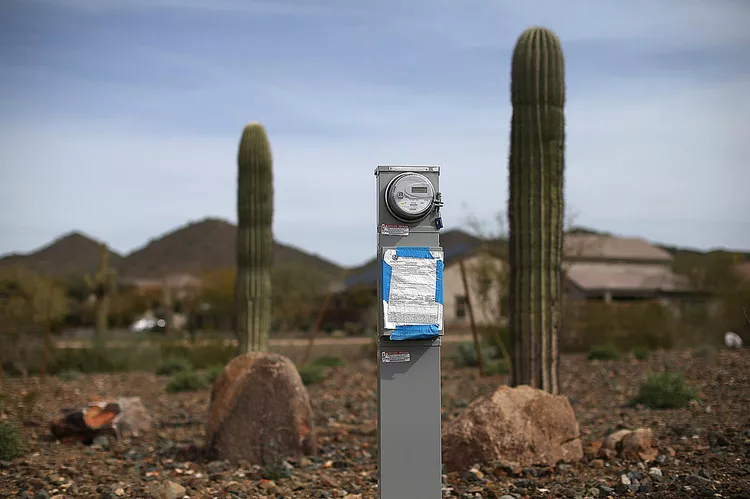Contents:
Electricity Costs and How to Save
If you are considering moving to the Phoenix area, whether as a full-time resident or a winter visitor, understanding the cost of electricity and utilities is essential. Given the area’s heat for several months of the year, many people wonder if cooling a home is more expensive than heating one during the cold winters in the Northeast.
The vast number of variables associated with utility costs makes generalizations challenging. Even if two homes have the same square footage, their energy bills may differ significantly. Key factors include the construction of the home, its age, and the lifestyle of its occupants.
How Electric Bills Vary
Understanding how these variables influence utility bills is crucial for cost-conscious homebuyers. Consider the following factors:
- Location of home
- Size of home
- Type of home—detached single-family, townhouse, apartment, etc.
- Age of home
- Type of construction
- Type of insulation
- Type of roof
- Number and size of rooms
- Exposure to afternoon sun
- Use of ceiling fans
- Window treatments
- Occupants and their ages
- Number of pets
- Presence of central air conditioning
- Type and number of A/C units
- Age of air conditioner or heat pump
- Water heater type and size
- Presence of an attic or basement
- Pool and/or spa presence
- Pool motor size and usage frequency
- Thermostat settings
- Energy conservation habits of occupants
Although estimating someone’s electric bills in the greater Phoenix area is complex, the Salt River Project, a major energy provider, offers tools to estimate average costs based on different lifestyles. Their Home Energy Manager tool allows users to input data regarding their home and energy usage for an estimated annual cost. Additionally, solar power options are becoming increasingly popular in the valley, which can further mitigate electricity costs.
Renters and Utility Bills
The term ‘utility’ can mean different things to different people. Thus, it’s crucial for renters to clarify which services are included in their rental agreements. Typically, ask about the electric bill, gas or propane services, water/sewer costs, and trash pickup.
Equalizer and Time of Use Plans
Depending on your electricity provider, you may have access to programs designed to help manage utility costs effectively. Time of Use plans allow users who can shift their energy consumption to non-peak hours to save on both energy and expenses. Equalizer plans enable users to level out their payments throughout the year, avoiding high bills in the summer and supporting easier monthly budgeting.
A Word About Electric vs. Gas
Some households prefer gas for heating, cooking, water heating, and more, while others opt for an all-electric setup. Energy experts generally indicate that there is no significant cost difference between all-electric and dual-energy homes when considering service charges and miscellaneous expenses; the choice largely comes down to personal preference.
Ten Ways to Save Electricity in Your Home
With rising energy costs, especially during the summer months in Phoenix, homeowners must adopt strategies to conserve electricity without significant investments. Here are ten practical methods to reduce heat-producing activities in your home:
- Avoid using the oven; opt for a microwave or grill instead.
- Utilize a slow cooker for one-dish meals without generating heat.
- Keep lids on pots to trap heat while cooking.
- Set water heater thermostats to 120 or 115 degrees instead of 140.
- Take shorter showers to use less hot water
- Skip the drying function in your dishwasher and let dishes air-dry.
- Wash only full loads of clothes and dishes to maximize efficiency.
- Iron clothes in one sitting to minimize heat usage.
- Complete indoor chores during cooler parts of the day.
- Turn off electronics and appliances when not in use; consider using surge protectors for ease.





